(February 23, 2024) Masood Hussain was busy photographing monuments, streets and landscapes, until one day, when he read an article saying the most difficult subjects are birds. By this time, he had also realised he wasn’t doing anything unique with his camera. So, the very next day, he set out to a nearby lake to search for birds, and at the end of it, hadn’t captured a single, usable photograph. Instead of disappointing him, it marked the start of his love affair with wildlife. “I enjoyed the process of locating birds, getting close to them and observing their behavior. I kept going back and after many attempts, I could finally capture a decent photograph of a bird and the satisfaction was inexpressible,” smiles the award-winning wildlife photographer, in a chat with Global Indian.
Hussain holds the coveted distinction of AFIAP (Artist, Federation International Del’Art Photographique) which he was awarded in 2013 by The International Federation of Photographic Art, the world photography headquarters in France. In 2020, he was named wildlife photographer of the year by the Natural History Museum London.
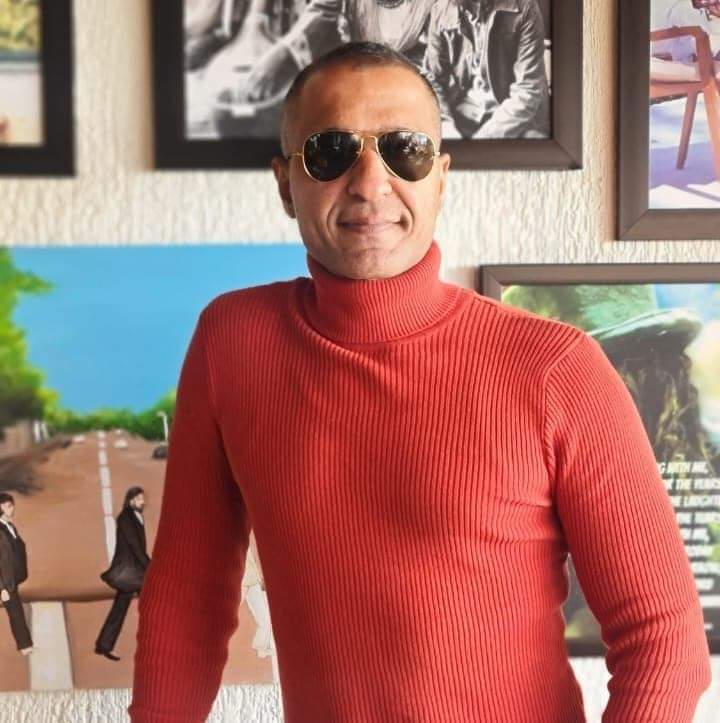
Masood Hussain
“To make quality wildlife images, one needs to be extremely passionate, willing to fail several times and be persistent. It is all about patience and anticipation,” says the true-blue Hyderabadi. A wildlife photographer has no control over his subject. “In wildlife photography, if you lose a shot, you lose it forever. There is no second chance. One needs to be able to make the most out of any situation.”
Accolades galore
Back in 2012, Hyderabad was hosting the CoP 11 convention on biological diversity. A photography competition was announced to showcase the biodiversity of Hyderabad. “I knew I would be competing against some of the best in the field, but I was confident I would secure at least one of the top three places,” recalls Hussain. Sure enough, his image of a peacock won first place. This was his first ever award in a photography competition.
This distinction is awarded to those photographers who have had 15 images accepted and displayed by 15 different photography salons in at least 8 different countries. “By this time, wildlife photography had become more than just a hobby. I was determined to become one of the best out there and went on raising the bar,” says the wildlife photographer, who was the youngest photographer in the state to have achieved this distinction. He was also felicitated by the Andhra Pradesh Photographic Society.
Recognition by the National History Museum, London
Thousands of photographers from all over the globe participate in this prestigious competition. Then, a travelling exhibition of the prize-winning images goes to over 40 countries, and stays on display at the Natural History Museum for the rest of the year. Hussain is the only wildlife photographer from the state of Telangana and amongst very few Indians to have been awarded at the NHM.
“That feeling when your name is announced followed by the name of your country and to proudly walk up to the stage to receive the award amid applause from the gathering of the finest photographers, is a feeling that cannot be described in words,” says Hussain, who had been participating in this competition every year since 2015. But it was only in March 2020 that he finally won the award.
Hussain received the YES bank natural capital award in 2017, one of the most respected wildlife photography awards in India. “My image of the White Lipped Himalayan Pit Viper, with two insects fighting on its head, got me this award,” informs Hussain. He received a cash prize of Rs 50,000 and a plaque handed over to him by the then Union Minister of Forests and Environment, Dr Harsh Vardhan at an awards function held in New Delhi.
View this post on Instagram
A childhood in Hyderabad
Masood Hussain was born in Hyderabad in April 1977. He studied at the famous Hyderabad Public School, Begumpet. “I was not the best-in-class student but almost always passed with a distinction,” recalls the wildlife photographer, who used to be such a shy and timid student, he was even scared of being called upon to read the thought for the day in the assembly. He was active in sports and was a part of the HPS junior cricket team.
Hussain’s interest in photography began when he was around six years old. His grandfather’s younger brother was a photography enthusiast, and he would help him develop the negatives and enlarge photo prints in the dark room they had at home. “He taught me the basics of photography on film cameras, right from loading a film in the camera to the relationship between the various photography parameters,” says Hussain. The first camera he used was a Leica, still considered one of the finest cameras in the world.
Hussain’s father Syed Masroor Hussain passed away when he was in class 8. He was a medical representative with Boots India Ltd (Now Abbot Laboratories). “He was a perfectionist and had great love for nature. He took me along for nature treks and fishing and that is when my love for the jungles started,” says the 45-year-old.
He describes his mother Vaseem Hussain as a warrior. After his father passed away, the entire responsibility of the family fell on her shoulders. Against all odds, she went on to start the first ever driving school in Hyderabad exclusively for women in1991, empowering thousands of them, who thanks to her, could learn driving from a woman instructor. After HPS, Hussain pursued his bachelor’s degree in electrical engineering from The PES College of Engineering, Aurangabad.
Hussain the entrepreneur
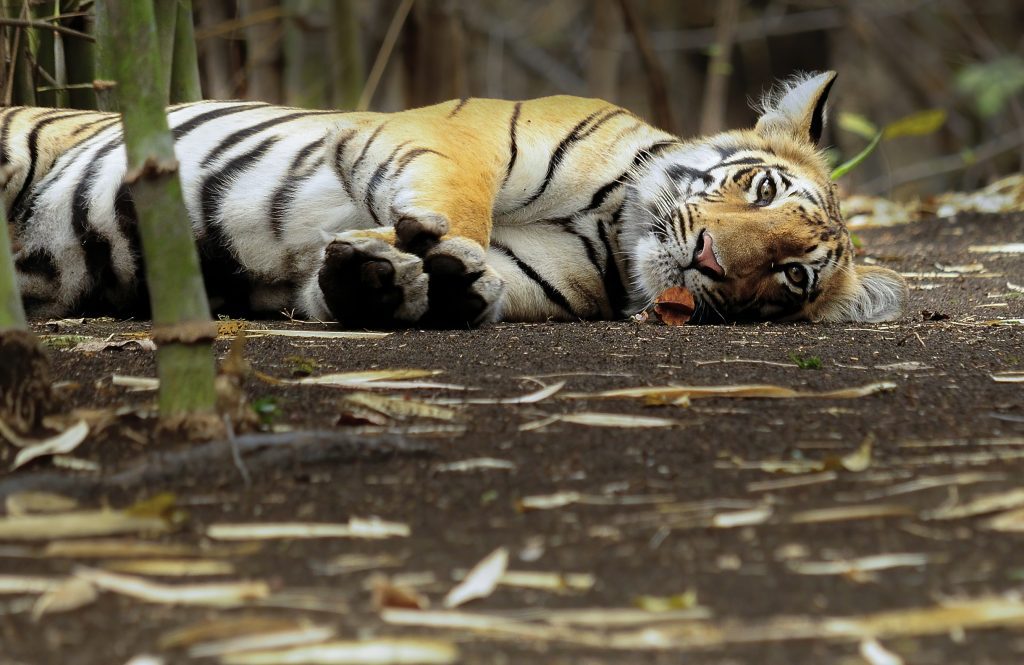
‘The Enlightened One’ by Masood Hussain | Photo: Special Arrangement
After completing his Engineering, Hussain’s first aim was to give some rest to his mother, who, he says, was working like a war horse while he studied. “I gave up my plans of post-graduation and started my own business of design, fabrication and installation of Electrical Earthing and Lightning Protection systems.”
Like every other start-up, the first couple of years were quite a struggle, informs Hussain, who is the owner of Vista Techno Corporation. In the next few years, business started growing and he got busier scaling up.
First camera
By 2009, Hussain’s business began to stabilize and that was when he could afford his first DSLR, a Nikon D90. “All those years while I had been busy setting up my business, camera technology had evolved hugely. The film cameras were replaced by digital SLRs. I had to take up a crash course in digital photography to understand the latest technology,” says the passionate photographer, who learnt the nuances of photography from Ashok Kandimalla, a renowned photographer, columnist and camera collector.
In 2011, Hussain took a year-long sabbatical and travelled extensive across the country photographing birds and wildlife.
Giving Back
His exhibitions titled ‘Meraki by mh’ are his way of giving it back to the society. “With my exhibitions, I try to help the underprivileged and needy. By selling my limited-edition prints, I have successfully raised funds for a patient who underwent an open-heart surgery and another patient who underwent a bone marrow transplant,” Hussain says. He also raised funds for a school for differently abled children and has been a longtime supporter of the WWF INDIA and contributes regularly.
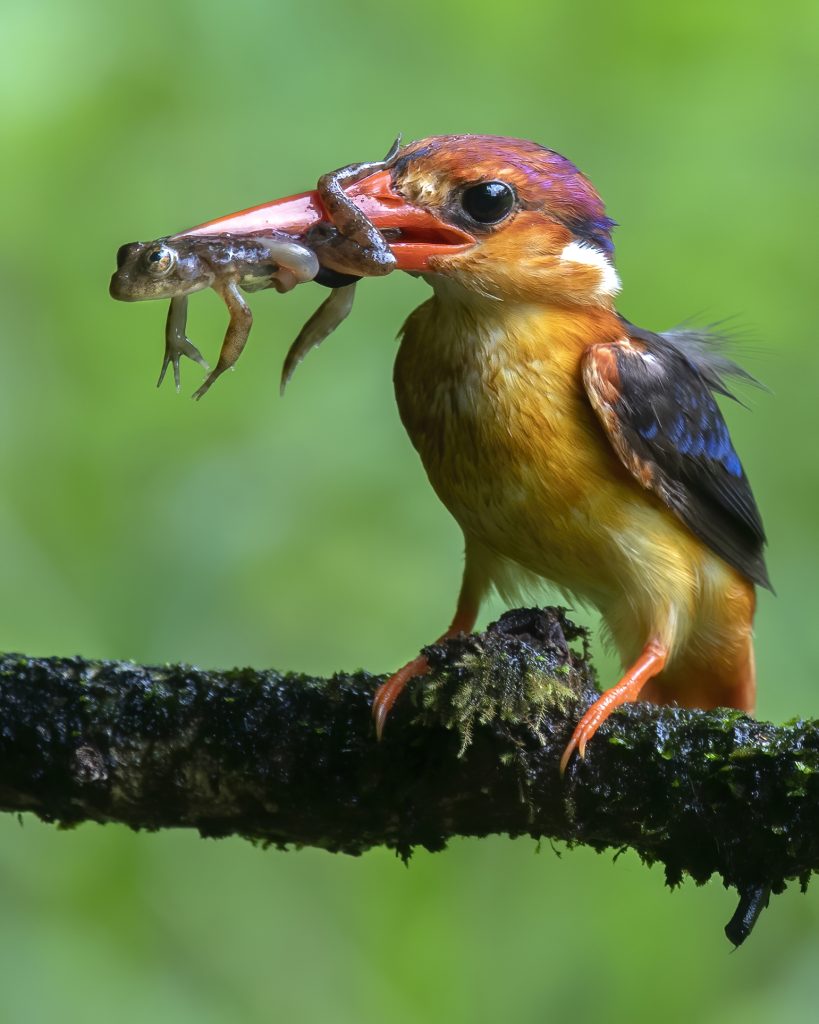
Photo by Masood Hussain | Photo: Special Arrangement
Branching out
While Hussain never considered photography as a source of income, he now has plans to start an online store to sell his prints. “The platform will also be called ‘Meraki by mh’. The buyers will be able to choose a picture they like to get it printed and framed,” he says of his new venture, which will also enable buyers to view the framed print on a virtual wall.
Hussain continues travelling to various jungles across the length and breadth of India to photograph the wildlife. “I also have plans to try my hand on shooting videos. I would love to make a documentary someday,” says the photographer, who plans to visit the wildlife destinations in Norway, Alaska, Botswana and New Guinea.
The minimalist approach
Hussain uses very modest equipment and has never used flagship cameras and lenses. “Good equipment helps, but I strongly believe that it is finally the man behind the lens that makes all the difference,” says the award-winning photographer who currently uses a Nikon D500 camera with a Nikon D300s as a spare body. He also avoids using the typical long and heavy pro lenses which are usually used by wildlife photographers. Hussain prefers his lens to be small and light. For his style of shooting, he needs to make quick movements on the field.
The lenses he currently uses for his wildlife work include Nikkor 200-500 mm (which costs Rs 75,000), Nikkor 300mm F4 PF (cost Rs 118000) and Nikkor 105mm Micro (cost Rs 50,000) used for macro photography. “The Technology is changing fast. The DSLRs are now making way for the Mirrorless Cameras and there has been a huge advancement in the way cameras work.”
The self-taught musician
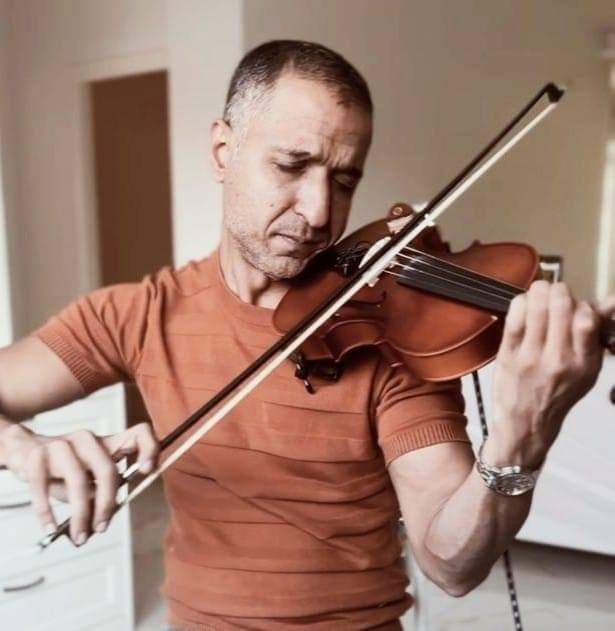
When he isn’t shooting wildlife, Husain, a self-taught musician loves to play piano, flute and the violin. “I also sing sometimes. Musical instruments have always fascinated me,” informs Husain, who spent most of the Covid-induced lockdown time to polish his music skills. Someday, he intends to write a book about his life as a wildlife photographer.
- Follow Masood Hussain on Instagram.

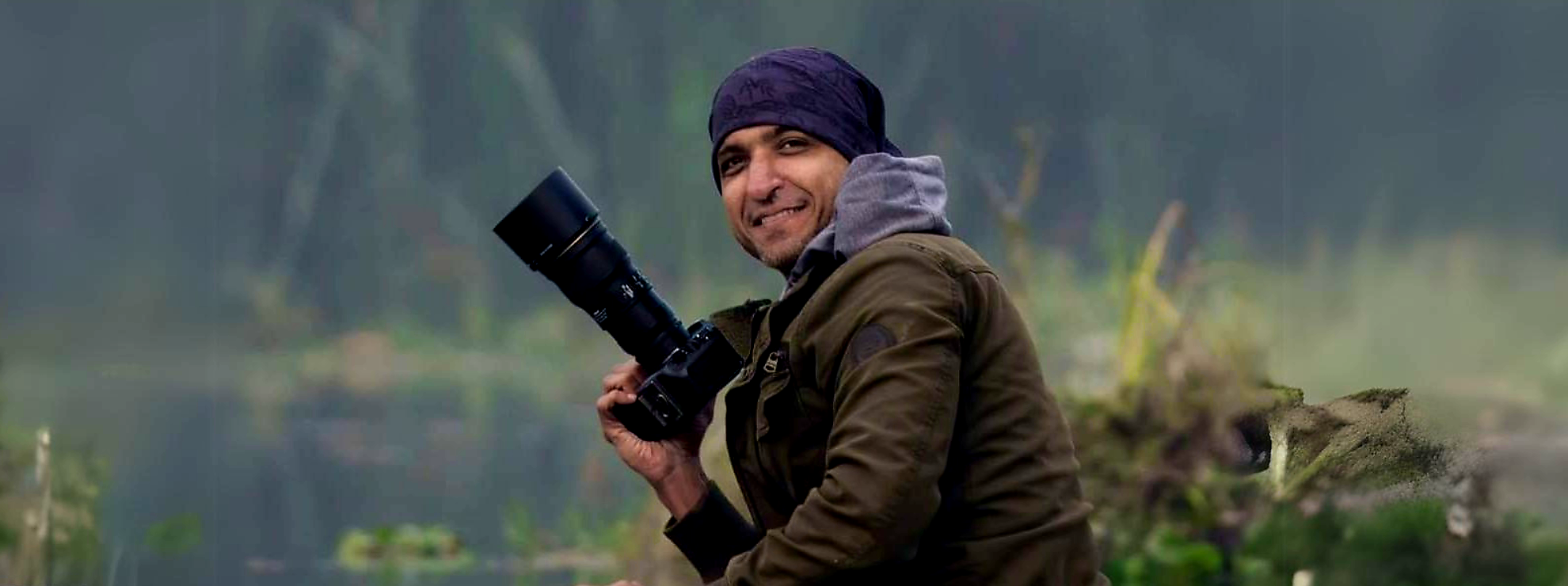

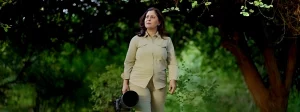

A wonderful human being & an outstanding alumni of Hyderabad Public School Begumpet.
He is the embodiment of the school motto: “Be Vigilant”.
Truly inspiring Masood. Very humble and always willing to support wildlife conservation. Thank you Masood for being a pillar of support to the WWF-India Hyderabad Office
Hope you stay well and see more from you.thanks Masood brother.